The Gift of South Dakota
Subscriptions to South Dakota Magazine make great gifts!
Subscribe today — 1 year (6 issues) is just $29!
Cows on Parade
De Smet was a busy prairie town in 1917. Many trains passed through each day, and the three blocks of Main Street hummed with business. Both teams of horses and automobiles could be found on the streets. It was a pleasant town in which to live. There was quiet order to the days. The neat, well-kept houses that faced the street had barns that faced the alley. Some barns were used as garages for the new automobiles and some still sheltered horses. In residence in many of the barns was a milk cow. Refrigeration wasn't great yet, and although you could order milk delivered from the dairy, many people still preferred their own supply.
Ten-year-old Harold Fritzel had developed a business. In partnership with his father, the two had decided that the Fritzel pasture on the edge of town could accommodate eight or ten milk cows. For $1.50 a month, young Harold would pick the cows up from their barns after morning milking, herd them to the pasture and return them to their barns in time for evening milking. Harold became a successful businessman. He had eight customers.
For the first few days, Harold's father helped him. Once the cows knew where they were going, they would march out of their barns as Harold opened the door, join the cow parade and swing their tails in good style. None of the cows were above grabbing a bite here and there as they went. A small Jersey was the worst offender and the worst kicker. The tall, thin boy carrying a long stick and following his herd became a familiar alley sight.
In later years, Harold Fritzel recalled, "I knew every step of the alleys and most of the barns in De Smet. Along my route was a house shared by a widow and her blind daughter, Mary. They had neither cow nor barn. Their back yard was as neatly kept as the front. A rope was strung across the yard so the blind girl could walk around. The widow raised a large vegetable garden.
"Every morning and evening as I passed their house the old lady stood between her garden and the alley with a hoe in her hand. They had no alley fence, but I just figured she spent a lot of time working in her garden. I can shut my eyes and see her yet, the clothes she wore, the look on her face, the way she held her hoe.
"I always said ... 'Good Morning Mrs. Ingalls.' She would reply, 'Hello Harold.' It didn't dawn on me until years later that she stood there with the hoe in her hand to guard her garden, guard it from my cows.
"Of course, no one in De Smet had any idea that Caroline Ingalls' daughter, Laura, would put us all on the map. "In those day I was just a kid and Ma Ingalls was a polite old lady, an old lady with a hoe, watching over her garden."
Editor's Note: Harold Fritzell recalled his daily encounter with Ma Ingalls in July of 1989. He died in 2002. Marian Cramer of Bryant, South Dakota shared his story with our readers in our May/June 1990 issue. To order a copy or to subscribe, call 800-456-5117.


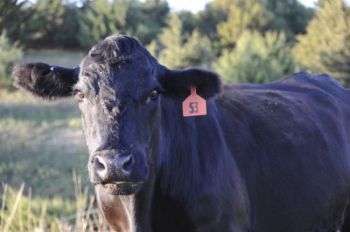
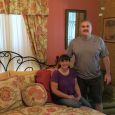

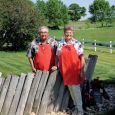
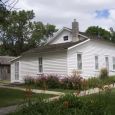
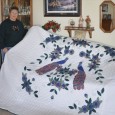
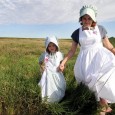


Comments
we could see the trucks while moving pipe.